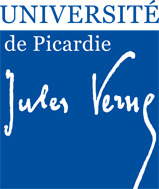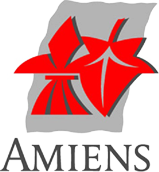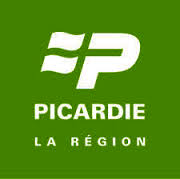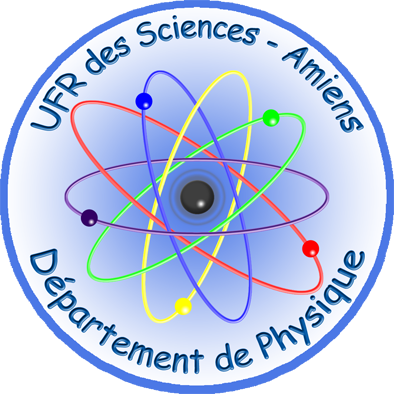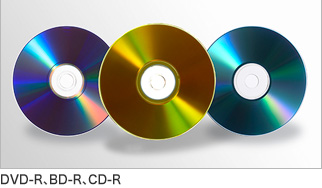CD (1982), CD-R (1988), CD-RW (1997)
DVD (1995), DVD-R (1997), DVD-RW (1999), DVD+RW (2001),
HD DVD (2006), DVD+R (2002), DVD+R DL (2004), DVD-R DL (2005)
BD (2006), BD-R (2006), BD-RE (2006)
Discontinued: Microform (1870)
Optical tape (20th century), Optical disc (20th century), LaserDisc (1978)
UDO (2003), ProData (2003), UMD (2004)
Magneto-optic Kerr effect (1877): MO disc (1980s),
MiniDisc (1992), Hi-MD (2004)
Optical storage is the storage of data on an optically readable medium. Data is recorded by making marks in a pattern that can be read back with the aid of light, usually a beam of laser light precisely focused on a spinning disc. Optical media is more durable than tape and less vulnerable to environmental conditions. On the other hand, it tends to be slower than typical hard drive speeds, and to offer lower storage capacities. According to OSTA (Optical Storage Technology Association), current optical speeds are approaching those of hard drives. A number of new optical formats, such as Blu-ray and UDO (ultra density optical), use a blue laser to dramatically increase capacities.
Optical storage differs from other data storage techniques that make use of other technologies such as magnetism or semiconductors. Optical storage can range from a single drive reading a single CD-ROM to multiple drives reading multiple discs such as an optical jukebox. Single CDs (compact discs) can hold around 700MB (megabytes) and optical jukeboxes can hold much more. The use of optical storage continues to grow at an incredible pace, spurred on by the flexibility and affordability the technology offers. The word optical in the computer industry refers to any storage method which uses a laser to store and retrieve data from media. This term includes such devices as CD-ROM, rewritable optical, WORM, CD-R, and optical jukeboxes or autochangers.
Jukeboxes are storage units with built in robotics to automate access to hundreds of pieces of media and numerous optical drives.
http://www.osta.org/technology/paper.htm
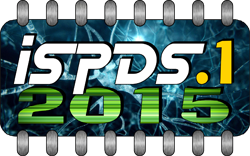 |
 |
 |
December 17-19, 2015 at Amiens (France)

